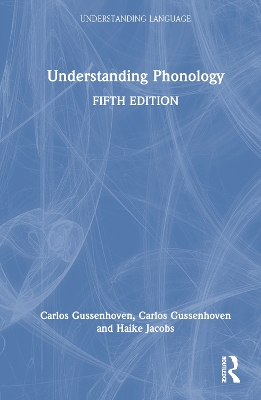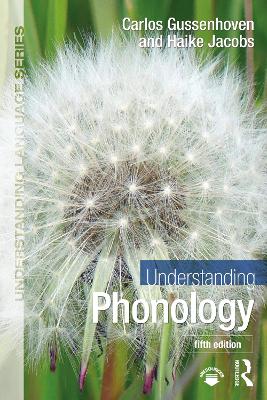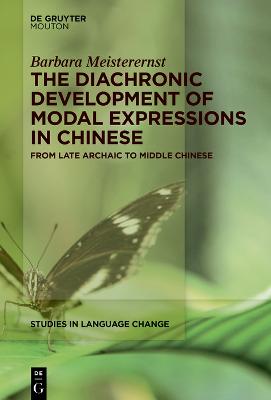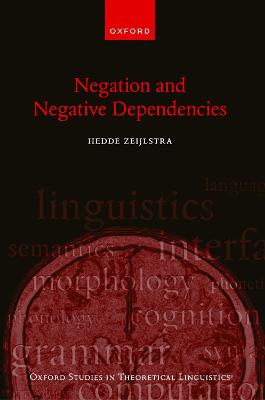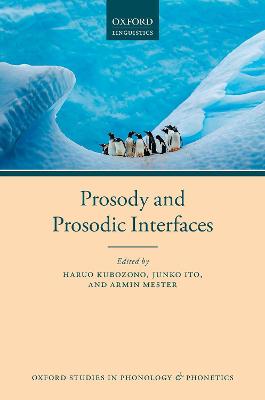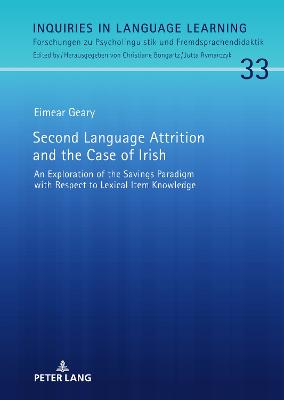Approaches to the Study of Sound Structure and Speech
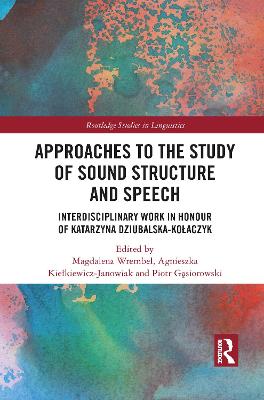 portes grátis
portes grátis
Approaches to the Study of Sound Structure and Speech
Interdisciplinary Work in Honour of Katarzyna Dziubalska-Kolaczyk
Wrembel, Magdalena; Kielkiewicz-Janowiak, Agnieszka; Gasiorowski, Piotr
Taylor & Francis Ltd
06/2021
400
Mole
Inglês
9781032087474
15 a 20 dias
544
Descrição não disponível.
Part 1: With Hindsight: Diachronic Approaches 1. The consonants of 19th-century English: Southern Hemisphere evidence 2. Vennemann's Head Law and Basque 3. Social Dialect: The halting of a sound change in Oslo Norwegian revisited 4. Why Early Modern English vowel shortenings may have been morphotactically conditioned after all 5. Palatalisation in Celtic and Slavic languages 6. High Vowel Decomposition in Midwest American English 7. Ex oriente lux: How Nepali helps to understand relict numeral forms in early Indo-European Part 2: On Close Inspection: Theoretical and Methodological Approaches 8. Speech rhythms are physical after all 9. Main differences between German and Russian morphonotactics: a corpus-based study 10. Pholk Phonology 11. Initial clusters and self-contained universals 12. Sounds delicious! 13. Cross-language phonetic relationships account for most, but not all L2 speech learning problems: The role of universal phonetic biases and generalized sensitivities 14. The role of boundaries and typological variation in laryngeal phonology 15. Prosodic and gestural contribution to the flow and interactivity of conversation 16. L1 foreign-accentedness in Polish migrants in the UK: linguistic and social dimensions 17. The Greater Poland Spoken Corpus: data collection, structure and application Part 3: Reality Check: Empirical Approaches 18. The relative Contribution of Consonants and Vowels to Word Recognition in Fluent Speech 19. To what extent is the cerebellum responsible for rhythm properties? An acoustic study with patients with cerebellar dysfunctions 20. Variable rhoticity in the speech of Polish immigrants to England 21. Polish two-consonant clusters. A study in native speakers' phonotactic intuitions 22. ERP correlates of figurative language processing 23. Selected spectral aspects of Polish vowels 24. Applications of electropalatography in L2 pronunciation teaching and phonetic research 25. Competing vowels facilitate the recognition of unfamiliar L2 targets in bilinguals: The role of phonetic experience 26. Areas of external evidence as a testing ground for NAD 27. Testing receptive prosody; a pilot study on Polish children and adults 28. Laryngeal phonology and asymmetrical cross-linguistic phonetic influence 29. Segment frequency in cross-language perspective
Este título pertence ao(s) assunto(s) indicados(s). Para ver outros títulos clique no assunto desejado.
Syllable Repetition Task;ERP Data;supraseg-mental phonetics;Brain Fitness Program;speech perception;Deep Reasoning Question;sound structure and speech study;ERP Study;phonology-morphology interaction;Non-word Repetition Test;Rhotic Sound;Prosody Tasks;Phrasing Task;Prosody Tests;Desensitization Hypothesis;Non-verbal IQ;L1 Spanish Speaker;Empty Nuclei;Word Initial Consonant Clusters;L2 Pronunciation Teaching;Vocal Fold;Pronunciation Teaching;L2 English User;Natural Phonology;L2 Speech Learning;Literal Targets;EPG Pattern;Professional Development;Non-palatal Consonants
Part 1: With Hindsight: Diachronic Approaches 1. The consonants of 19th-century English: Southern Hemisphere evidence 2. Vennemann's Head Law and Basque 3. Social Dialect: The halting of a sound change in Oslo Norwegian revisited 4. Why Early Modern English vowel shortenings may have been morphotactically conditioned after all 5. Palatalisation in Celtic and Slavic languages 6. High Vowel Decomposition in Midwest American English 7. Ex oriente lux: How Nepali helps to understand relict numeral forms in early Indo-European Part 2: On Close Inspection: Theoretical and Methodological Approaches 8. Speech rhythms are physical after all 9. Main differences between German and Russian morphonotactics: a corpus-based study 10. Pholk Phonology 11. Initial clusters and self-contained universals 12. Sounds delicious! 13. Cross-language phonetic relationships account for most, but not all L2 speech learning problems: The role of universal phonetic biases and generalized sensitivities 14. The role of boundaries and typological variation in laryngeal phonology 15. Prosodic and gestural contribution to the flow and interactivity of conversation 16. L1 foreign-accentedness in Polish migrants in the UK: linguistic and social dimensions 17. The Greater Poland Spoken Corpus: data collection, structure and application Part 3: Reality Check: Empirical Approaches 18. The relative Contribution of Consonants and Vowels to Word Recognition in Fluent Speech 19. To what extent is the cerebellum responsible for rhythm properties? An acoustic study with patients with cerebellar dysfunctions 20. Variable rhoticity in the speech of Polish immigrants to England 21. Polish two-consonant clusters. A study in native speakers' phonotactic intuitions 22. ERP correlates of figurative language processing 23. Selected spectral aspects of Polish vowels 24. Applications of electropalatography in L2 pronunciation teaching and phonetic research 25. Competing vowels facilitate the recognition of unfamiliar L2 targets in bilinguals: The role of phonetic experience 26. Areas of external evidence as a testing ground for NAD 27. Testing receptive prosody; a pilot study on Polish children and adults 28. Laryngeal phonology and asymmetrical cross-linguistic phonetic influence 29. Segment frequency in cross-language perspective
Este título pertence ao(s) assunto(s) indicados(s). Para ver outros títulos clique no assunto desejado.
Syllable Repetition Task;ERP Data;supraseg-mental phonetics;Brain Fitness Program;speech perception;Deep Reasoning Question;sound structure and speech study;ERP Study;phonology-morphology interaction;Non-word Repetition Test;Rhotic Sound;Prosody Tasks;Phrasing Task;Prosody Tests;Desensitization Hypothesis;Non-verbal IQ;L1 Spanish Speaker;Empty Nuclei;Word Initial Consonant Clusters;L2 Pronunciation Teaching;Vocal Fold;Pronunciation Teaching;L2 English User;Natural Phonology;L2 Speech Learning;Literal Targets;EPG Pattern;Professional Development;Non-palatal Consonants

